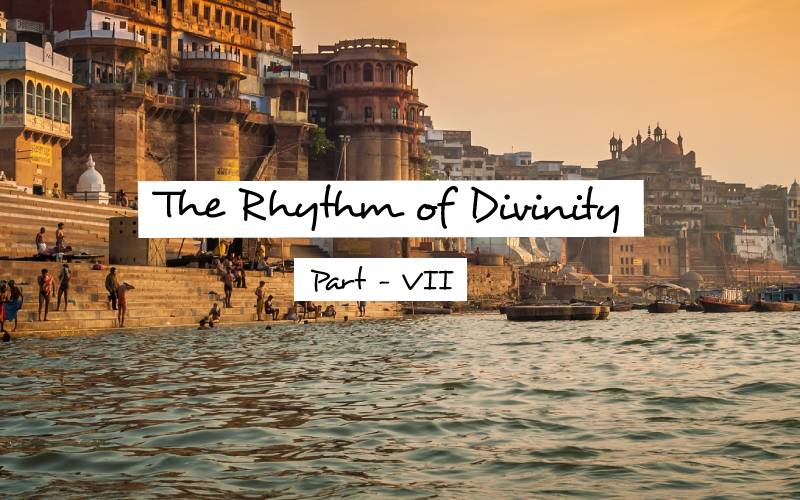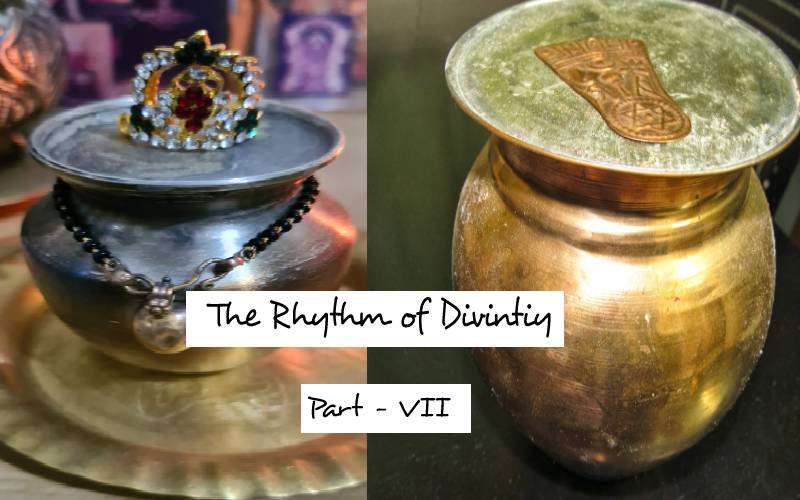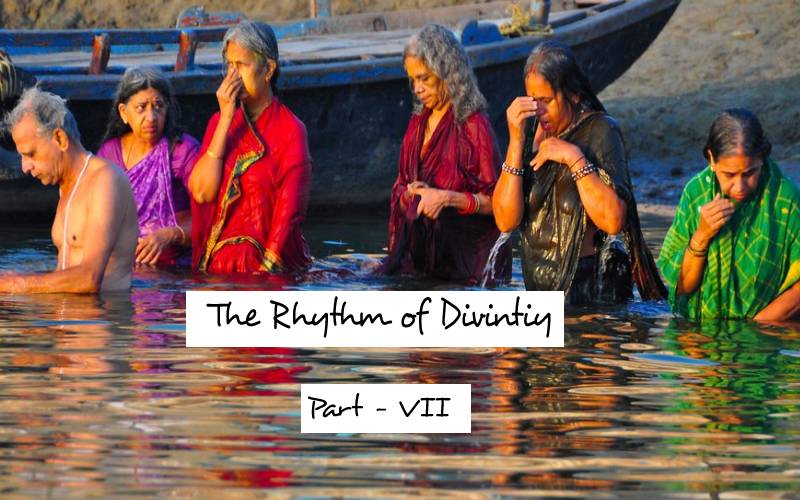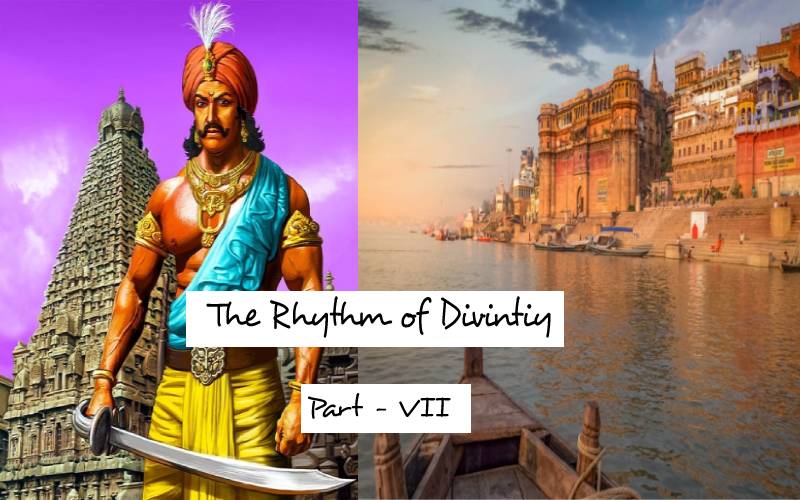
River Ganga is the soul of India. Every Indian would wish to have a dip in the sacred Ganga at least once. If that was not possible, they would get water from the river through their contacts and sprinkle it over themselves. Ganga water is used for sacred occasions like housewarming ceremonies, temple festivals, Shashtiabdapoorthi, Bheemarathashanthi, and Sadhabhishekam. A mere drop from this sacred river was enough for a lifetime.
The ashes post-cremation would normally be immersed in the holy Ganga within the first year of the passing away of a person. A few drops of Ganga theertha would be fed into the mouth of a person who happens to be in the last leg of life. To sum it up, one truly believed that Ganga offered salvation.

Pilgrimages would be undertaken to visit and pray to Ganga Devi. The pilgrims would engage a priest, offer a Pooja to the holy ganga and take some of the sacred waters in a tiny container which would be in the shape of a pitcher. They would bring this tiny sealed copper pitchers and give it to their near and dear. A successful Ganga yatra would culminate in a Ganga pooja at one’s home.
The Karta of the Ganga pooja would place the river water in a sealed silver pitcher on a platform. The neck of the pitcher will be adorned with a Mangalsutra, made of gold. The officiating priest would facilitate a prayer to Ganga. An offering of fruits, sweets, and savouries would be offered to Ganga Ma. She will be decorated with turmeric, vermilion, silken fabrics, on the sacred occasion. In certain cases, a picture or an icon of Ganga will also be placed in the Pooja.

Guests and relatives attending the Pooja will be offered a Naivedyam and a tiny pitcher containing the holy waters of Ma Ganga. The decorated pitcher of Gangajal (Waters of Ganga) would thereafter be permanently placed in the prayer room of the household. This Ganga pooja made a person feel and realize that the mother of Theertha Yaatras had been worshipped successfully. It has been the goal of every Indian to do this Pooja.
It was normal to undertake such a Yaatra and particularly before the 60th birthday. The Ganga pooja would be performed at that time and everybody would be sprinkled with holy water. Youngsters of the yonder era used to carry a Ganga water Kaavadi, in order to give a holy bath to their parents. This has been beautifully narrated by Vishnubhatji Godse in his book, ‘Travails of 1857’ (Originally published under the name, ‘Majha Pravas' in Marathi).

The mighty Chola emperor, Rajendra sent his army to conquer the lands up to the river Ganga. His victorious army carried 108 pitchers of Ganga water on elephants and brought them back. Rajendra Chola received the victorious troops on the banks of river Godavari and a gold pitcher containing the waters of Ganga was used to perform a Veerabhishekam to the emperor. The rest of the pitchers were brought to the New Chola Capital, ‘Gangaikondacholapuram.’ These pitchers of sacred water were deposited in the ‘Cholagangum’ (a large man-made waterbody which was consecrated in order to celebrate the achievement of Gangaikonda Cholan, Rajendra).
The practice of offering such prayers continue even today. R. Rammohan of Coimbatore had travelled along with his wife Sumathi to the north and returned home with the waters of the Ganga. He conducted the Ganga pooja beautifully and Ma Ganga is permanently ensconced in his Pooja altar. Both Ram Mohan and his wife, Sumati continue to offer their prayers to Ma Ganga every day. Such is the custom and tradition of our holy land.
Mr. Rajesh Govindarajulu is one of the founding members of the Verandah Club Pvt. Ltd. He is a leading columnist, historian, jeweler, and entrepreneur. He is a heritage enthusiast who is earnestly working to revive the past in the light of the present. Experiential learning about the history of Coimbatore is his main course of interest and he is also a panel member of many colleges in the city.
NEXT ARTICLE